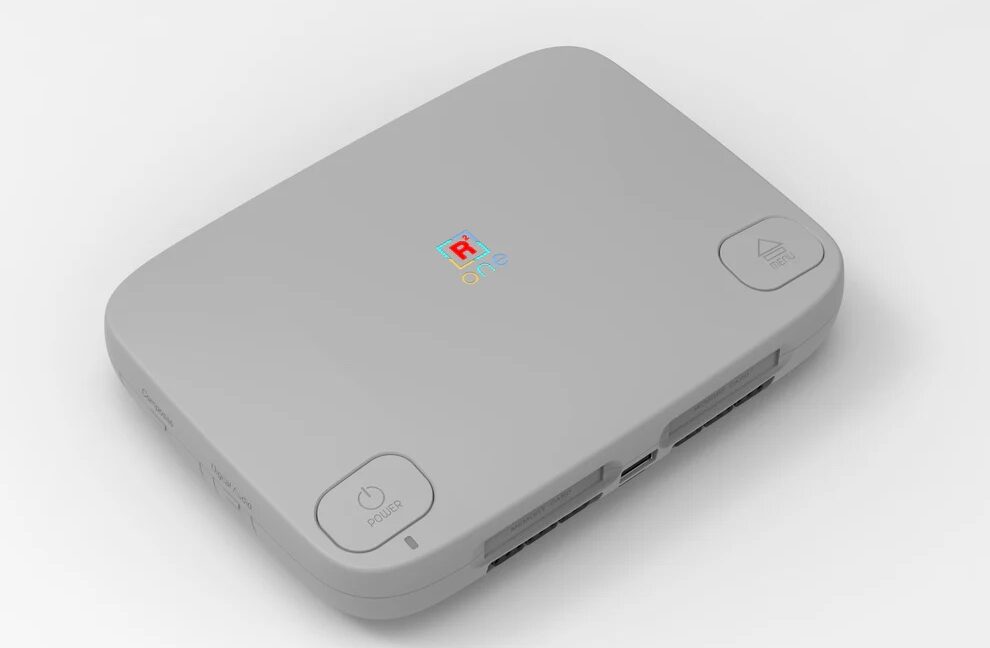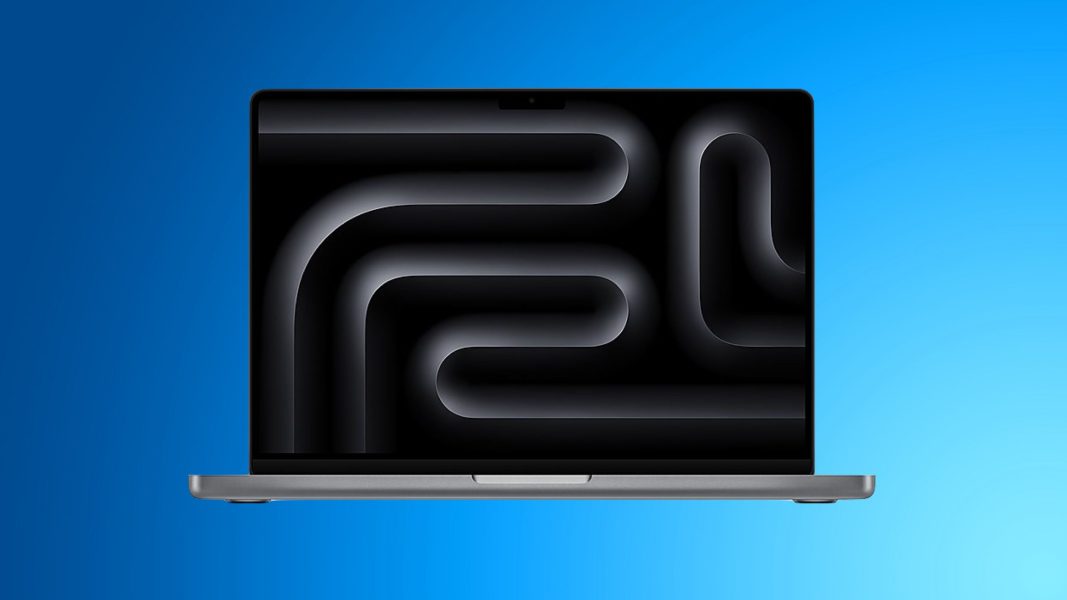New FPGA-powered retro console re-creates the PlayStation One, CD-ROM drive optional – Ars Technica

Works with original PS1 accessories and supports other MiSTer FPGA cores.
Retro game enthusiasts may already be acquainted with Analogue, a company that designs and manufactures updated versions of classic consoles that can play original games but also be hooked up to modern televisions and monitors. The most recent of its announcements is the Analogue 3D, a console designed to play Nintendo 64 cartridges.Now, a company called Retro Remake is reigniting the console wars of the 1990s with its SuperStation one, a new-old game console designed to play original Sony PlayStation games and work with original accessories like controllers and memory cards. Currently available as a $180 pre-order, Retro Remake expects the consoles to ship no later than Q4 of 2025.The base console is modeled on the redesigned PS One console from mid-2000, released late in the console’s lifecycle to appeal to buyers on a budget who couldn’t afford a then-new PlayStation 2. The SuperStation one includes two PlayStation controller ports and memory card slots on the front, plus a USB-A port. But there are lots of modern amenities on the back, including a USB-C port for power, two USB-A ports, an HDMI port for new TVs, DIN10 and VGA ports that support analog video output, and an Ethernet port. Other analog video outputs, including component and RCA outputs, are located on the sides behind small covers. The console also supports Wi-Fi and Bluetooth.The console won’t play original game discs natively, but Retro Remake offers an optional tray-loading CD drive in a separate “SuperDock” accessory; it also includes an internal M.2 drive for an SSD and four additional USB-A ports. Buyers will have to put $5 down on the SuperDock now and pay whatever the final cost ends up being when the console ships (Retro Remake claims to be targeting a price of roughly $40).Like most Analogue consoles, the SuperStation uses an FPGA chip to emulate the original PlayStation’s hardware rather than trying to emulate the console in software as most PC-based or Raspberry Pi-based retro consoles do. This has the benefit of reproducing all the quirks and oddities of the old hardware, making games run more accurately (and with lower input latency) than they do in software-based emulators.But unlike most of Analogue’s consoles, the SuperStation supports installing and running other FPGA “cores” to re-create other consoles (think of FPGA cores like you’d think of software emulators—generally, you’re going to need a separate one for every console you want to emulate). The SuperStation is based on the established MiSTer platform, which already has a huge library of console and PC cores available, including but not limited to the Nintendo 64 and Sega Saturn. Retro Remake also says that being based on the MiSTer platform makes the console “open source from day 1.”Analogue has its own competing open source library of FPGA cores, called OpenFPGA. But so far, the handheld Analogue Pocket is the only one of the company’s consoles to support the initiative.Ars Technica has been separating the signal from
the noise for over 25 years. With our unique combination of
technical savvy and wide-ranging interest in the technological arts
and sciences, Ars is the trusted source in a sea of information. After
all, you don’t need to know everything, only what’s important.



